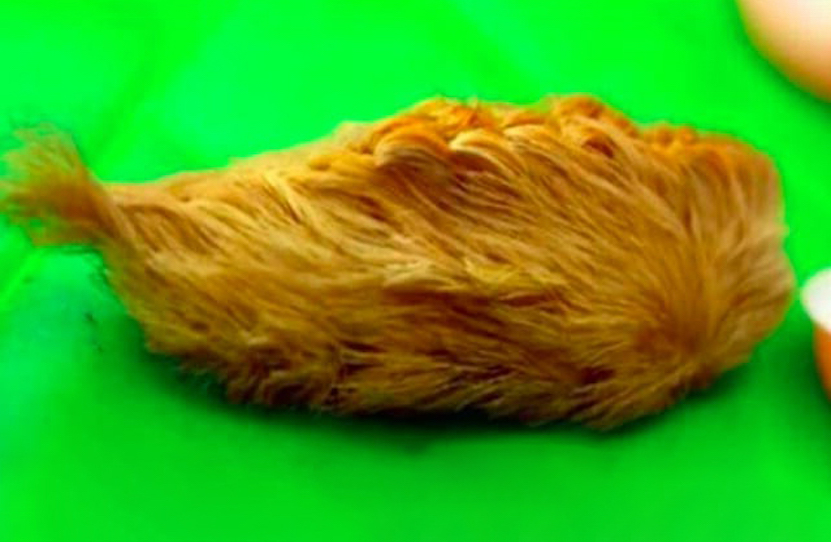For centuries, humans have developed instincts and, above all, gained the knowledge to know which animals and other creatures to keep away from. Although most wildlife is completely harmless to us humans, it is important to be on alert when you are out in nature. That’s what mother Leslie did when she was at a small park with her family. It had so far been an ordinary day out with the kids, but then she caught sight of a strange furry creature shaped like a ball. The mother followed her instincts. And it would turn out to be a very good decision.
Leslie was in the park with her baby and two other young children when the creature caught her attention. It was small and at first sight looked unassuming and harmless, but she instinctively felt the need to stay away. While this story was first reported a few years ago, it’s been spreading online again to help warn all American parents of the danger. What lay under the fur which was indeed dangerous, and since that day Leslie hopes her story can help warn others to stay clear of the suspect fur ball: a Megalopyge Opercularis larva, better known as the puss caterpillar.
The name is probably in reference to the caterpillar’s resemblance to a cat’s soft fur. But despite its harmless exterior, the insect contains poison that it can inject. It’s covered in hair that disguises toxic bristles. These larvae, who can grow to a little over 1 inch long, are found in much of the United States. According to NPR, they could be found feasting on foliage in many states. The puss caterpillar’s sting is brutal and it should never be touched. Doing so could cause them to stick to you and inject you with their venom. ”It feels like a wasp sting but worse.
The pain hits immediately and gets worse after the creature sticks, and can even make your bones hurt. How badly it gets stuck depends on where it gets stuck and how many tags have dug into your skin. People who’ve had it stuck on their hands have reported feeling the pain up to their shoulders and it lasting for up to twelve hours,” ethnologist Hall told National Geographic. ”The burning sensation went away in a day or so, but that blister and then subsequent kind of irritated area was visible for several weeks,” he recalled. If you are stung by this caterpillar, you should use tape to remove the venomous hairs and then gently wash the area with soap and water.

